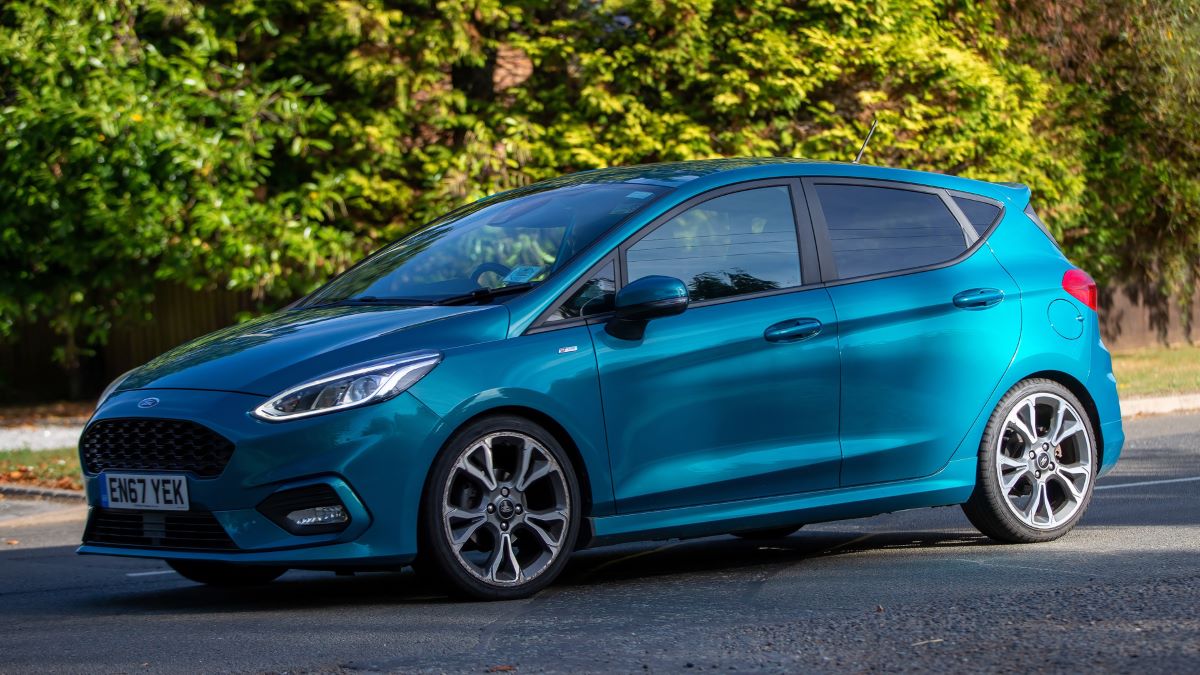Not all vehicles age the same. Some are built to endure, soldiering on for decades with loyal owners, reliable drivetrains, and simple, repairable engineering.
Others, despite initial promise or fanfare, burn bright and fast—only to fade from roads and memories within a generation. This is especially true for cars of the 1990s and 2010s, two vastly different eras of automotive design.
The 1990s were known for straightforward engineering and durable construction. Many vehicles from this decade are still seen on the road today—not just because of luck or nostalgia, but because they were built to last. These are the cars that defy rust, miles, and time, continuing to start, run, and serve well into their third decade.
On the flip side, the 2010s saw the demise of many once-popular nameplates. Despite more advanced technology and features, several vehicles simply couldn’t keep up with market trends, reliability expectations, or changing regulations.
Whether due to corporate decisions, poor sales, or too many recalls, these cars were quietly discontinued—some forgotten as quickly as they arrived.
In this two-part exploration, we’ll spotlight five vehicles from the 1990s still going strong—and contrast them with five that didn’t survive the 2010s, victims of design missteps or market rejection.
Also Read: 5 Cars You Can Abandon for a Year and They Still Start and 5 That Die in a Week
5 Vehicles Still Running From the ’90s
The 1990s were a golden age for reliable, overbuilt, and refreshingly analog vehicles. Unlike many of today’s feature-heavy and tech-laden models, cars from this era often prioritized mechanical simplicity, real-world dependability, and ease of maintenance.
They weren’t built to wow you with infotainment or drive themselves—they were built to last. And remarkably, many of them still do.
Across driveways, backroads, and city streets, you’ll still spot ’90s cars in regular use—not tucked away as collector items, but functioning daily drivers.
These vehicles may wear faded paint and mismatched hubcaps, but under the hood, they’re often still purring, proof of engineering that valued long life over flash. Some are household names; others are forgotten champions of durability that outlived the brands that made them.
What ties these survivors together isn’t styling or performance. It’s their legendary reputation for low-cost ownership, resilience under neglect, and drivetrains that just won’t quit.
Owners hang onto them because they’re cheap to fix, simple to understand, and surprisingly tough. Mechanics still vouch for them. Parts are easy to find. And many will still pass inspection or run with 250,000 miles on the clock.
This list celebrates five such vehicles—cars that have earned their status not through hype, but through the grind of daily use over three decades.
They’ve endured snow, sun, salt, and everything in between, and they’re still making the morning commute or hauling hardware from the store.
We’re writing this not just to praise these workhorses, but to show how timeless reliability can outlive styling trends and even the automakers themselves.
In a world that often obsesses over the next big thing, these cars prove that some of the best vehicles ever made were already here—built before the turn of the millennium, and still showing up for work.
Let’s take a look at five champions from the ’90s that refuse to die.
1. 1994–1997 Honda Accord (F22 Engine Models)
There are few vehicles from the 1990s more universally respected for long-term reliability than the sixth-generation Honda Accord, particularly those powered by the 2.2L F22 inline-four engine.
Sold from 1994 through 1997, this Accord represents the peak of Honda’s bulletproof engineering: simple, practical, and able to take on hundreds of thousands of miles with minimal drama.
The F22 engine is a marvel of 1990s efficiency. It uses a timing belt (not a chain), non-interference design in some trims, and runs smooth as silk even after 200,000+ miles.
When maintained with basic care—timing belt every 90k miles, oil changes, and the occasional valve adjustment—these engines routinely surpass the 300,000-mile mark. They’re not fast, but they’re unreasonably durable.
Transmission choices also aided this car’s longevity. The manual transmissions are rock-solid, and while the automatics were less perfect, many are still shifting fine decades later.
Unlike many modern CVTs or dual-clutch designs, these gearboxes can often be rebuilt or repaired affordably, not replaced entirely.
Owners love these Accords because they just work. Even in older age, they don’t overheat, throw warning lights for no reason, or strand drivers with obscure electrical failures.
HVAC systems, wipers, and even the original radios often continue to function far beyond expectations. And despite their age, parts remain cheap and widely available—thanks to the Accord’s massive production volume and Honda’s consistency in part design.
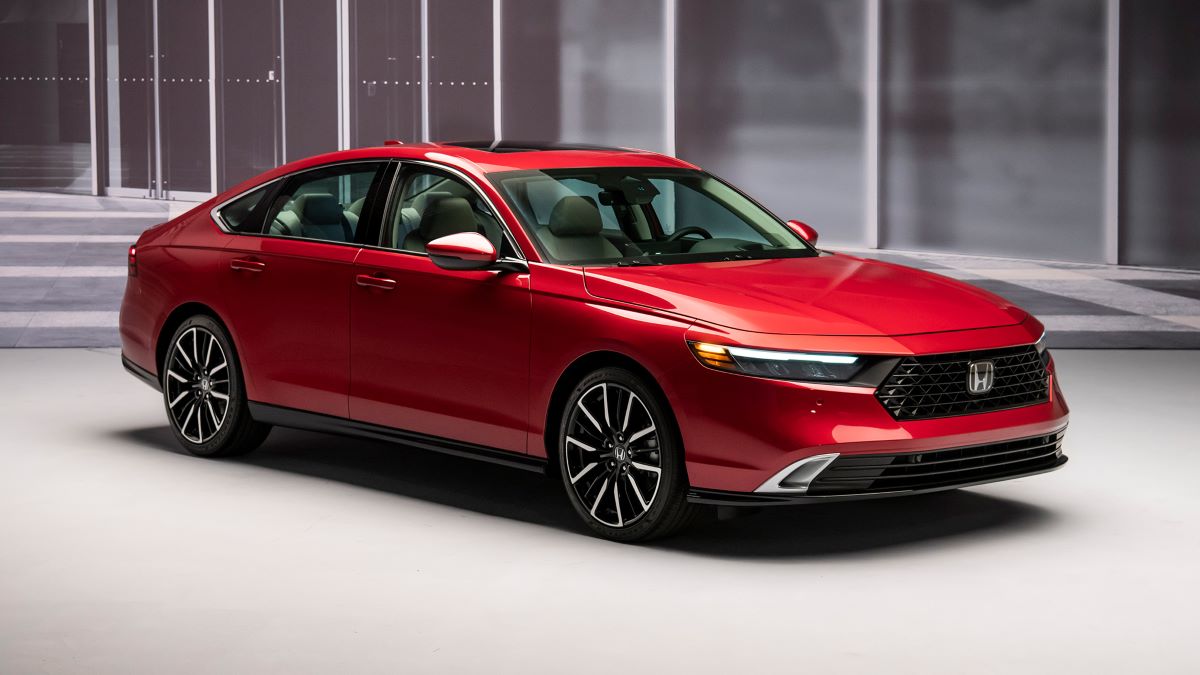
Body-wise, these Accords were relatively rust-resistant for the time, especially in milder climates. Interiors hold up well too, with door cards, switches, and seats aging better than many competitors.
You’ll often find these still in use as student cars, delivery beaters, or budget commuters—and they’re still being bought and sold in decent condition for under $3,000.
In a world of throwaway vehicles, the ’94–’97 Accord stands tall as a benchmark of reliability and practicality. It wasn’t flashy, but it wasn’t meant to be. It was—and still is—a car that asks for very little and gives you everything you need.
2. 1996–2002 Toyota 4Runner (3.4L V6)
If there’s one SUV from the 1990s that’s practically synonymous with long-term durability, it’s the third-generation Toyota 4Runner—specifically those equipped with the 3.4L V6 (5VZ-FE).
Built between 1996 and 2002, this body-on-frame legend has outlasted trends, rivals, and even some of Toyota’s own newer models. It wasn’t just a popular SUV—it became a reliability icon.
The heart of the 4Runner’s reputation is its 3.4L V6. This engine is well-known for its bulletproof design.
It runs on a timing belt and features a non-interference layout, meaning even if the belt snaps, the pistons and valves don’t collide—a rare safety net in modern engines.
The 5VZ-FE is a relatively low-stress, low-revving motor that simply refuses to die. It’s not uncommon to find 4Runners from this era still running strong with 300,000 to 400,000 miles on the odometer.
Paired with a smooth and durable 4-speed automatic transmission or a rarely-seen 5-speed manual, these trucks are incredibly dependable under load.
They’re also respected for their off-road ability thanks to a robust 4WD system, rear solid axle, and generous ground clearance—all of which contributed to their cult following among overlanders and outdoor adventurers.
The body-on-frame construction gave it real-truck toughness, and the suspension—while stiff by modern standards—was durable and low-maintenance. Many 4Runners are still driven in harsh rural climates, proving their strength in snow, mud, heat, and rain alike.
What also helps them last? Owner care. Most people who buy these SUVs are enthusiasts or practical drivers who maintain them well and value their long-haul potential.
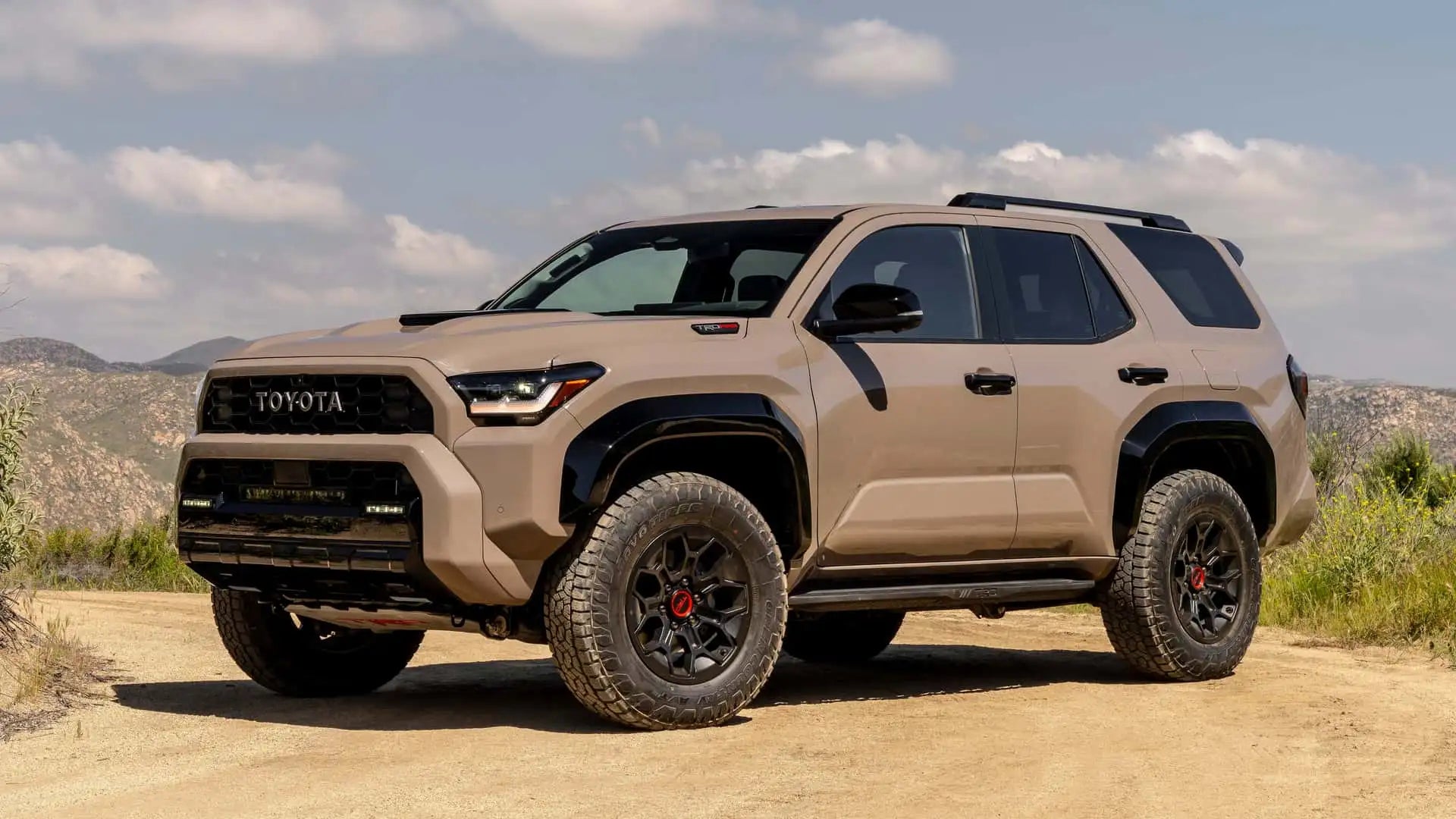
And when repairs are needed, Toyota parts are easy to find, and there’s a deep knowledge base among mechanics and DIY owners alike.
From family road-tripper to trail-ready explorer, the third-gen 4Runner is still doing its job decades later. It’s rare to see one in a junkyard unless it’s been wrecked.
For those who bought one in the ’90s—or still drive one today—the value isn’t just in nostalgia. It’s in the confidence that no matter the road or the weather, this SUV will show up and perform.
3. 1990–1997 Lexus LS 400
When the Lexus LS 400 debuted in 1990, it redefined what a luxury sedan could be. It was smooth, silent, beautifully crafted—and, most importantly, engineered to last.
Nearly 35 years later, many first- and second-generation LS 400s are still on the road, quietly accumulating mileage with little more than basic maintenance. No other luxury car from the ’90s has aged as gracefully in terms of both design and durability.
At the heart of this longevity is the 1UZ-FE 4.0L V8 engine, widely considered one of the most over-engineered engines of the 20th century.
Designed with aerospace-grade tolerances, forged internals, and Toyota’s obsessive attention to detail, the 1UZ can easily hit 400,000 miles without major mechanical work. It’s smooth, quiet, and shockingly efficient for a V8, and even high-mileage examples still idle like new.
Equally impressive is the Aisin automatic transmission mated to this engine. It’s butter-smooth, rarely fails, and when it does, it’s often due to fluid neglect rather than poor design. These cars are known to be reliable even under abuse—a trait rarely seen in full-size luxury sedans.
What sets the LS 400 apart is how every system—from climate control to window motors—was built with durability in mind. It wasn’t just designed to be quiet and refined; it was designed to last.
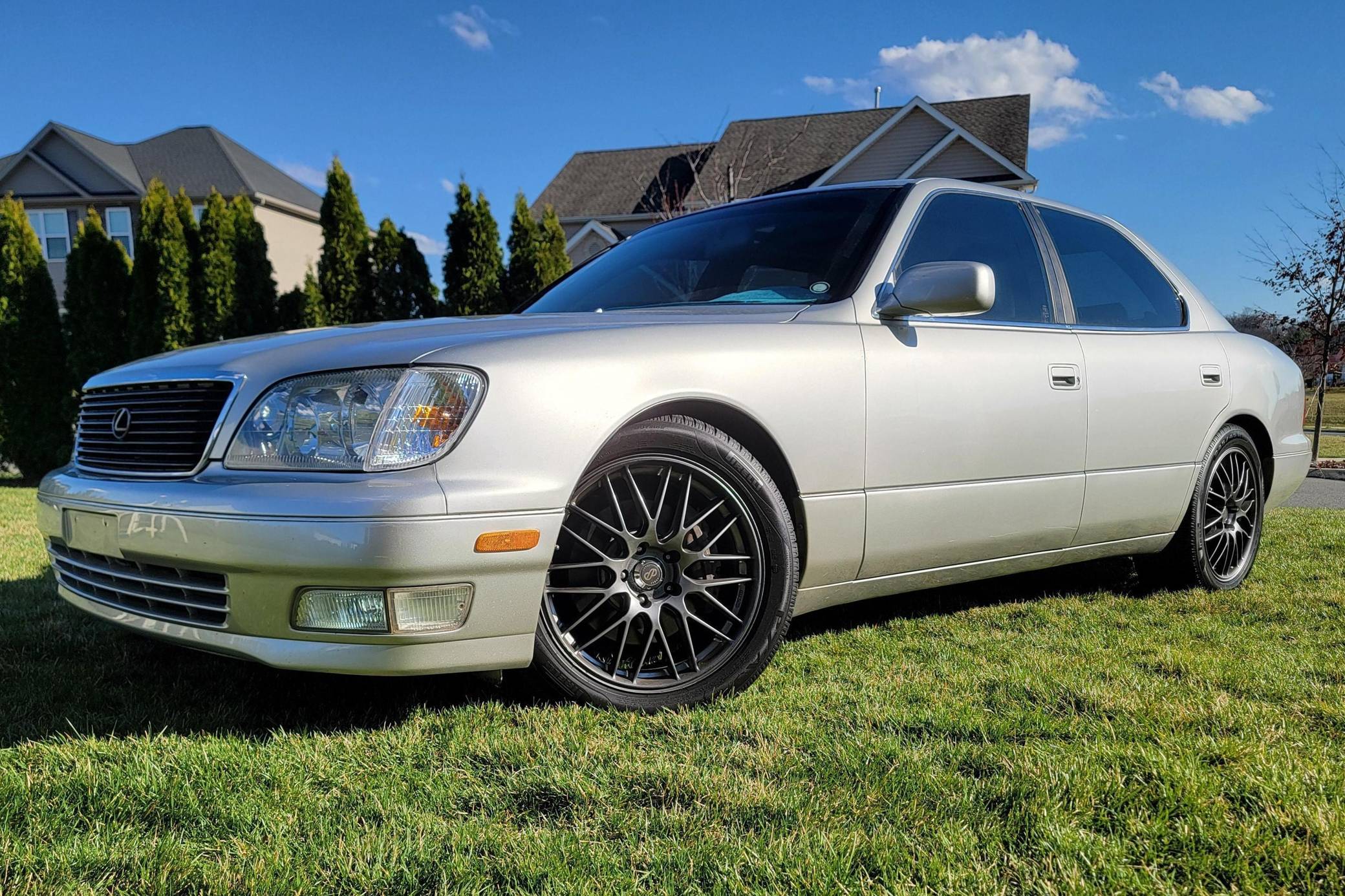
The suspension components, electronics, and even soft-touch interior plastics aged far better than those in its German competitors. While a ’90s Mercedes might need $10,000 in repairs by 150,000 miles, a Lexus LS 400 will usually just need a timing belt and new tires.
Owners still report daily driving their LS 400s with odometers showing 250,000–300,000 miles, often with everything still working—cruise control, AC, seat adjustments, even the original CD changer.
These cars weren’t cheap when new, but they’ve proven to be an incredible value over time. Today, you can still find LS 400s for under $5,000 in running condition, and they’re increasingly popular with car enthusiasts and first-time luxury buyers alike.
Simply put, the LS 400 wasn’t just a car—it was a statement. And that statement is still echoing down highways, proving that true luxury doesn’t fade—it endures.
4. 1995–2001 Subaru Outback (2.2L and 2.5L Engines)
The first-generation Subaru Outback—launched in 1995 as a ruggedized version of the Legacy wagon—quickly became a favorite for drivers who wanted car-like comfort with light SUV capability.
With raised suspension, standard all-wheel drive, and clever marketing (remember Paul Hogan?), the Outback helped define the crossover segment before it even had a name.
But beyond its outdoorsy charm, the real reason so many ’90s Outbacks are still around today is simple: they’re incredibly durable when properly cared for.
Early models came with either the bulletproof 2.2L EJ22 or the more powerful (and more failure-prone) 2.5L EJ25 engines. The 2.2L version, in particular, is revered for its longevity—it’s a non-interference engine, has a cast-iron block, and is notoriously overbuilt.
Many Outbacks with the 2.2L routinely cross 300,000 miles without a rebuild, especially when owners stick to timing belt service intervals.
While the 2.5L had some head gasket issues, especially in early years, these were well-documented and often resolved with updated gaskets.
Once repaired, the engine still offers excellent service life. In fact, many owners have driven their 2.5L Outbacks well into the 200,000+ mile range—often in harsh conditions and cold climates.
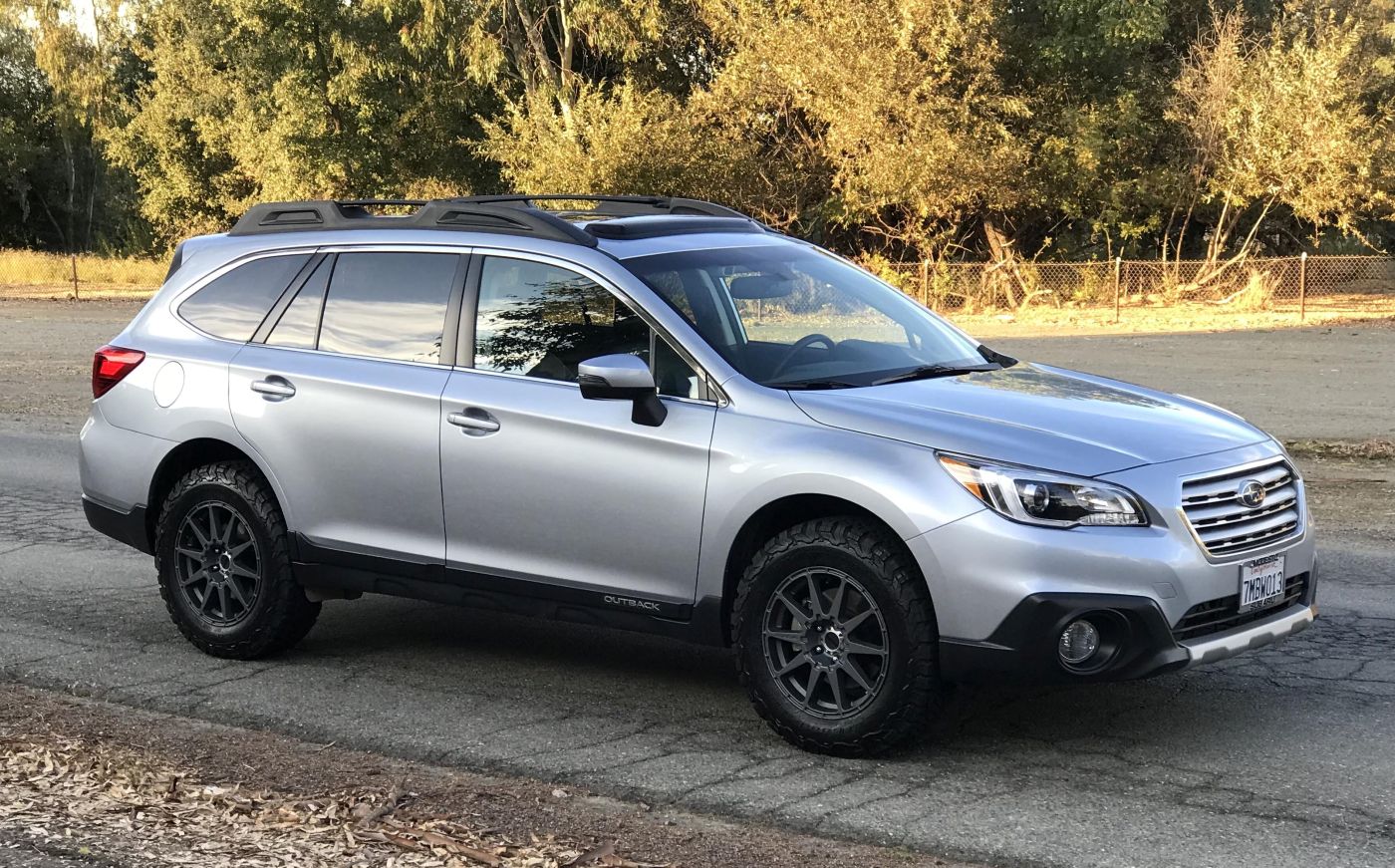
Another reason these cars keep going? The all-wheel drive system is legendary for its mechanical reliability. Whether you’re climbing snow-covered mountain passes or dealing with wet urban roads, Subaru’s symmetrical AWD delivers year-round traction without the complexity of electronic terrain systems.
Paired with a manual or 4-speed automatic transmission, the Outback wasn’t fast—but it was solid. These cars were often used as ski shuttles, hiking companions, or family haulers, and they held up incredibly well under the demands of active lifestyles.
Parts are still plentiful, forums are filled with DIY guides, and Subaru’s straightforward mechanical layout makes them ideal for backyard wrenching.
Interior materials were modest but functional, and even worn-out examples tend to keep running so long as fluids are topped off and the cooling system is maintained.
The ’95–’01 Outback isn’t just a relic from a different era—it’s a working member of society in many towns across America. It’s still the go-to car for mail carriers, college kids, and anyone who needs an affordable, all-weather workhorse.
5. 1991–1997 Toyota Corolla (7th Generation, 1.6L/1.8L Engines)
If ever a car deserved to be called “un-killable,” it’s the 7th-generation Toyota Corolla. Sold between 1991 and 1997, this compact sedan became a symbol of indestructibility, trusted by commuters, students, and budget-conscious families alike.
Even today, in 2025, these Corollas are still spotted rolling down highways and squeezing into tight city parking spots—proof that true simplicity never goes out of style.
What makes the ’91–’97 Corolla so resilient? It starts with the 1.6L (4A-FE) and 1.8L (7A-FE) inline-four engines. These engines are known for being low-stress, smooth-running, and incredibly durable.
The 4A-FE, in particular, is legendary in Toyota circles for being nearly impossible to destroy. With regular oil changes and basic timing belt service, these engines regularly pass 300,000 miles—and many keep going without burning oil or showing signs of wear.
The transmissions—either the 3-speed or 4-speed automatic, or the 5-speed manual—are also extremely dependable.
Manual models, in particular, are favored by long-time owners for their simplicity and ease of repair. Even with hard use, these gearboxes are known to outlast the body in some cases.
Mechanically, the Corolla was basic in the best way: no turbos, no direct injection, no fragile electronics.
It was designed for mass production and global reliability, and that’s exactly what it delivered. There are still examples serving faithfully in developing countries, remote towns, and among second- and third-generation family owners.
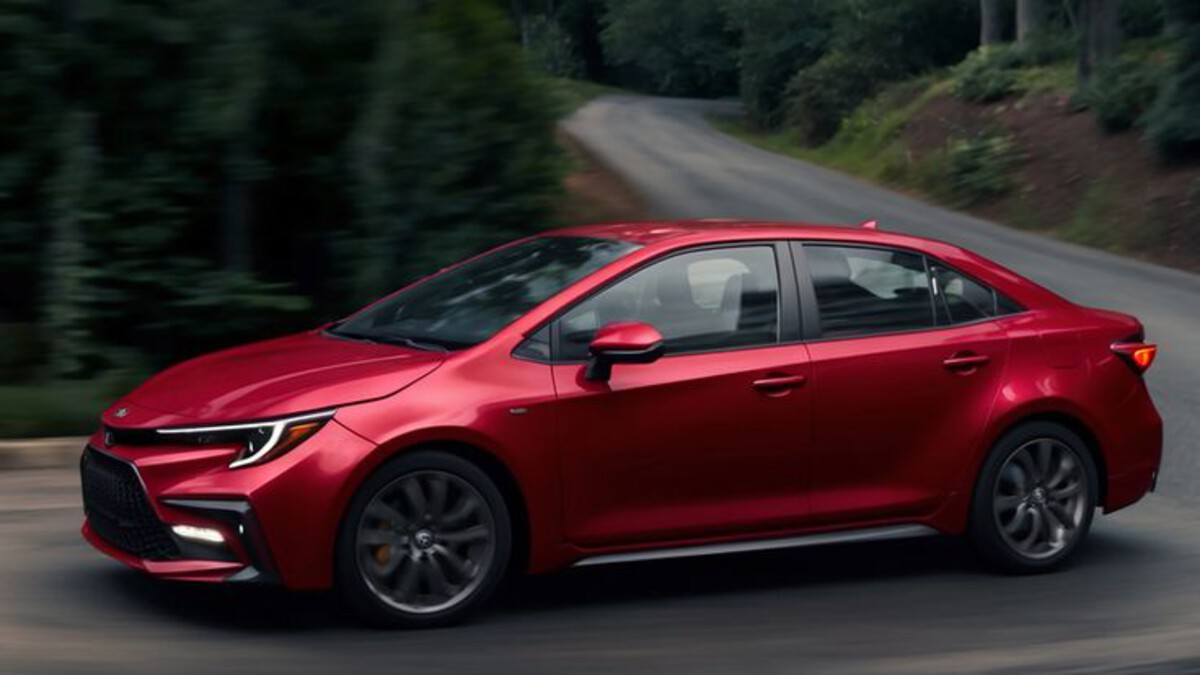
Corollas from this era also benefitted from Toyota’s high build quality during the early ’90s. The interiors, though plain, were durable. The switchgear still works, seats resist sagging, and everything feels tightly assembled even decades later.
These cars are also shockingly inexpensive to run. Fuel efficiency hovers between 30–35 mpg, parts are cheap, and insurance is minimal.
Even if a major repair is needed, many owners simply swap in another used engine and keep going—because the cost is often less than a new smartphone.
While it may never win a beauty contest or quarter-mile race, the 7th-gen Corolla is a champion of real-world durability. It asks for little, gives back plenty, and keeps doing its job long after trendier rivals have been scrapped.
5 Vehicles That Died in the 2010s
The 2010s were a transformational decade for the automotive industry. Hybrids and EVs gained traction, crossovers replaced sedans, and automakers doubled down on technology and efficiency.
But in the rush to evolve, not every vehicle made it to the finish line. Many once-prominent nameplates—some beloved, some infamous—faded into oblivion as the decade unfolded. Whether cut due to poor sales, reliability woes, or shifting market priorities, these are the cars that didn’t survive the 2010s.
Some of the models that disappeared were decades old, phased out as buyers moved on. Others were newer experiments that simply didn’t stick—vehicles that were supposed to break new ground, but stumbled instead.
For every success like the Honda CR-V or Ford F-150, there was a cautionary tale waiting quietly on the dealer lot, collecting dust.
In most cases, these vehicles didn’t just disappear because of one bad model year—they failed because they couldn’t adapt.
Either the segment dried up, competition left them behind, or consumers just didn’t trust them anymore. Some were too quirky, others too bland, and a few were simply ahead of their time… or way behind it.
We’re taking a look at five cars that were discontinued in the 2010s, not just to mourn their loss—but to understand why they didn’t make it.
This is more than a list of names that vanished; it’s a snapshot of what happens when cars miss the mark, even slightly, in a market that doesn’t forgive mistakes.
Let’s examine the models that were driven into history by the end of the decade—vehicles that started strong (or at least showed promise), but couldn’t go the distance.
1. Dodge Dart (2013–2016)
When Dodge revived the Dart nameplate in 2013, it marked the brand’s first real attempt at a compact sedan since the Neon faded away in the mid-2000s.
Built on a modified Alfa Romeo Giulietta platform, the new Dart promised a modern, sporty feel with European roots, contemporary styling, and fuel-efficient powertrains.
On paper, it looked like a smart move for Dodge to re-enter the compact segment. But within just three years, the Dart was pulled from production—becoming one of the quickest flops of the decade.
The Dart failed to connect with buyers for a few key reasons. First, its powertrains were underwhelming and mismatched.
The base 2.0L and 2.4L Tigershark engines were neither fuel-efficient nor powerful, and the optional 1.4L turbocharged engine—borrowed from Fiat—was plagued by turbo lag, odd throttle response, and long-term reliability concerns.
Transmission choices didn’t help: the dual-clutch automatic was rough and clunky, while the traditional automatics offered sluggish performance.
Then came the quality issues. Owners reported problems with infotainment systems, cheap interior materials, electrical gremlins, and premature wear on suspension and trim components.
While not catastrophic, these headaches undermined buyer confidence—especially in a class dominated by dependable names like the Honda Civic and Toyota Corolla.
The Dart also suffered from poor timing and branding confusion. Compact sedan sales were already declining in favor of crossovers, and Dodge’s performance-oriented image didn’t align with the practical, commuter-focused market it was trying to enter.
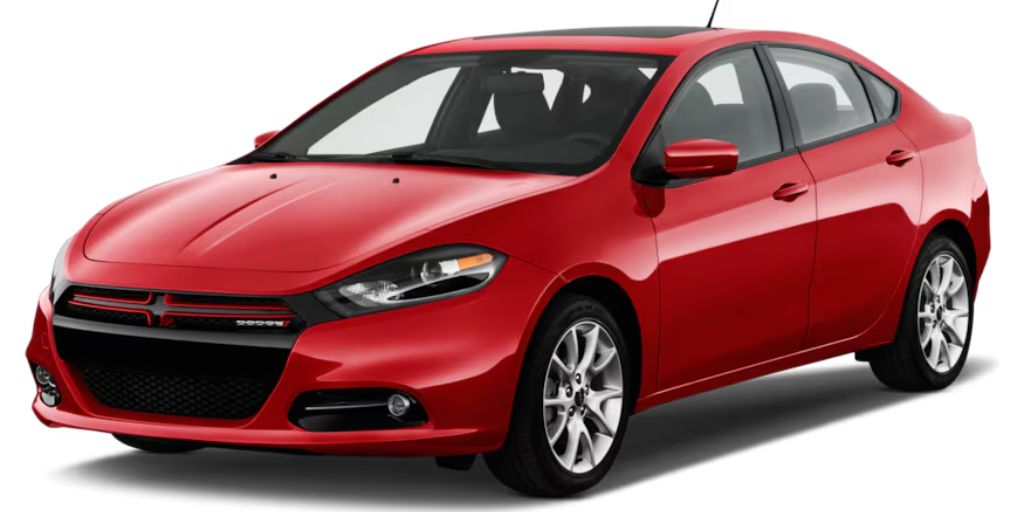
There was no hot version to attract enthusiasts, no hybrid to attract eco-conscious drivers, and no standout feature to separate it from the pack.
Despite heavy marketing and FCA’s optimism, the Dart simply never found its place. Sales were soft from the start, and by 2016, Dodge quietly discontinued the model to focus on crossovers and muscle cars.
The Dart’s quick demise underscored how difficult it is to crack the compact market—and how unforgiving buyers can be when a car tries to be everything and ends up being nothing.
Today, the 2013–2016 Dart is rarely seen, largely forgotten, and often avoided on the used market. It was supposed to signal a new era for Dodge. Instead, it became a short-lived reminder of how hard that comeback road can be.
2. Scion xB (2004–2015)
The Scion xB was one of the most recognizable cars of the early 2000s—a toaster on wheels that somehow became a youth icon. When it launched in 2004, it stood out for its funky styling, spacious interior, and affordable price tag.
It wasn’t fast, luxurious, or refined—but it was unapologetically unique, and it had charm. The xB quickly became a favorite among first-time buyers, city dwellers, and aftermarket tuners. So how did it end up discontinued by 2015?
The xB’s early success stemmed from its boxy design, minimalist packaging, and surprising practicality.
It offered tons of interior space for its footprint, fantastic visibility, and excellent reliability thanks to its Toyota underpinnings. For several years, it outsold expectations and helped put Scion on the map.
But the trouble began when Toyota redesigned the xB for 2008. Instead of refining the original’s charm, they tried to make it more mainstream—bigger, heavier, and more powerful.
Gone was the quirky appeal that made the original xB a cult hit. The new version had bland styling, worse fuel economy, and lost the light, nimble feel that buyers loved.
While it still had the practicality, it no longer stood out. Competitors like the Honda Fit and Kia Soul offered similar space with more polish or personality.
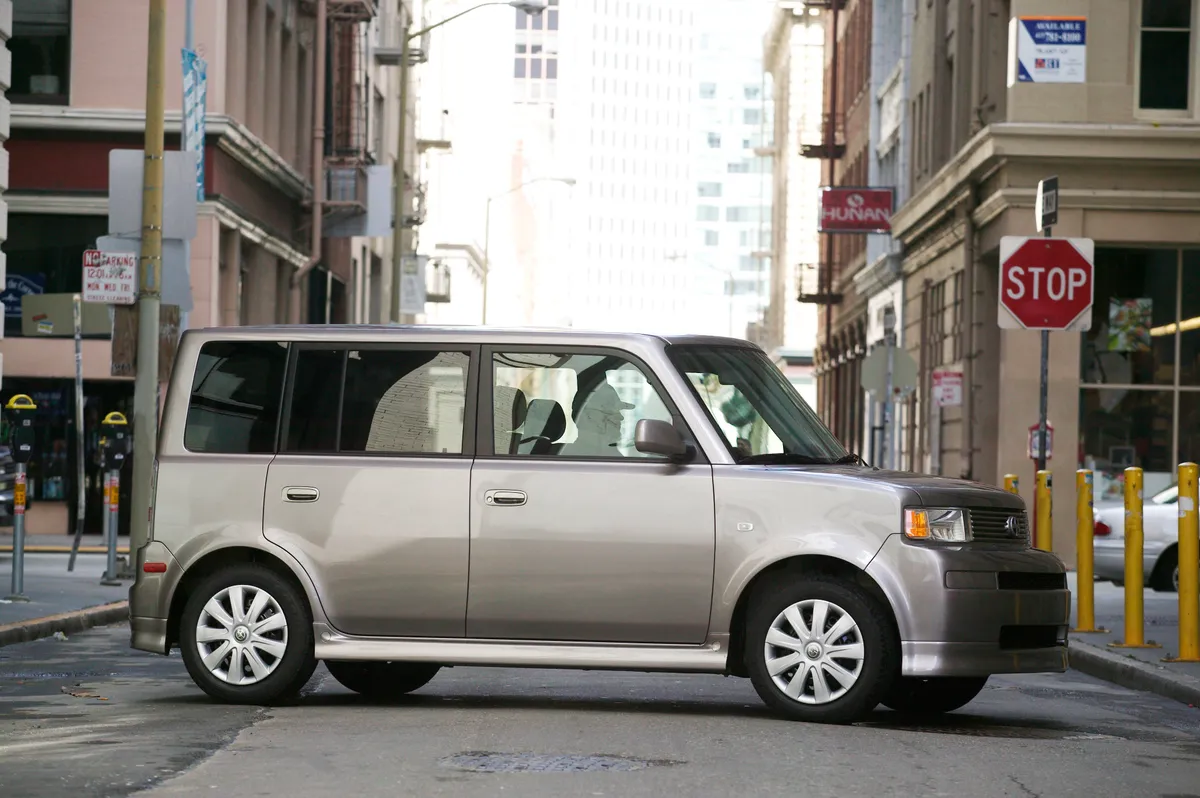
And with the compact crossover segment heating up, buyers wanted a higher ride height—not a compact box that looked like yesterday’s trend.
On top of that, the Scion brand itself began to falter. Meant to attract young buyers, it struggled to evolve as its core audience aged out. By the early 2010s, Scion’s identity was unclear, its lineup shrinking, and its sales dropping fast. The xB, once its standout model, no longer had a role.
In 2015, Toyota quietly pulled the plug. The xB was discontinued, and Scion itself was phased out a year later. While some enthusiasts still cherish the first-gen model, the second-gen xB became a symbol of a brand that lost its way.
Today, you’ll still see a few xBs around—especially early ones still rocking custom wheels or stickers—but their cultural moment has long passed. A once-bold icon that faded not from failure, but from forgetting what made it special.
3. Chevrolet Volt (2011–2019)
The Chevrolet Volt was not a bad car—in fact, in many ways, it was ahead of its time. Launched in 2011, the Volt was GM’s first mass-produced plug-in hybrid, blending a small electric battery with a gasoline range-extending engine.
It offered electric-only driving for short commutes, then seamlessly switched to gas for longer trips. It was a technical marvel and one of the smartest solutions to range anxiety ever built. So why did it disappear by 2019?
Simply put, the Volt fell victim to timing and shifting market dynamics. When it debuted, public charging infrastructure was still limited, and most buyers didn’t fully understand plug-in hybrids.
Many viewed it as either too complex or too niche. While early adopters praised it, mainstream buyers were hesitant to embrace something so unfamiliar.
The Volt’s compact hatchback shape also worked against it. As the 2010s progressed, SUVs and crossovers rapidly took over.
Buyers wanted ride height, cargo space, and AWD—things the Volt simply couldn’t provide. Its smart technology was overshadowed by its sedan-like profile in a market that was abandoning sedans entirely.
The price didn’t help either. Early Volts started around $40,000 before incentives, placing them far above traditional hybrids like the Toyota Prius.
Even as prices dropped in the second generation (2016–2019), competition had caught up. The all-electric Chevrolet Bolt had launched, Tesla was expanding fast, and full hybrids and plug-in crossovers were hitting showrooms.
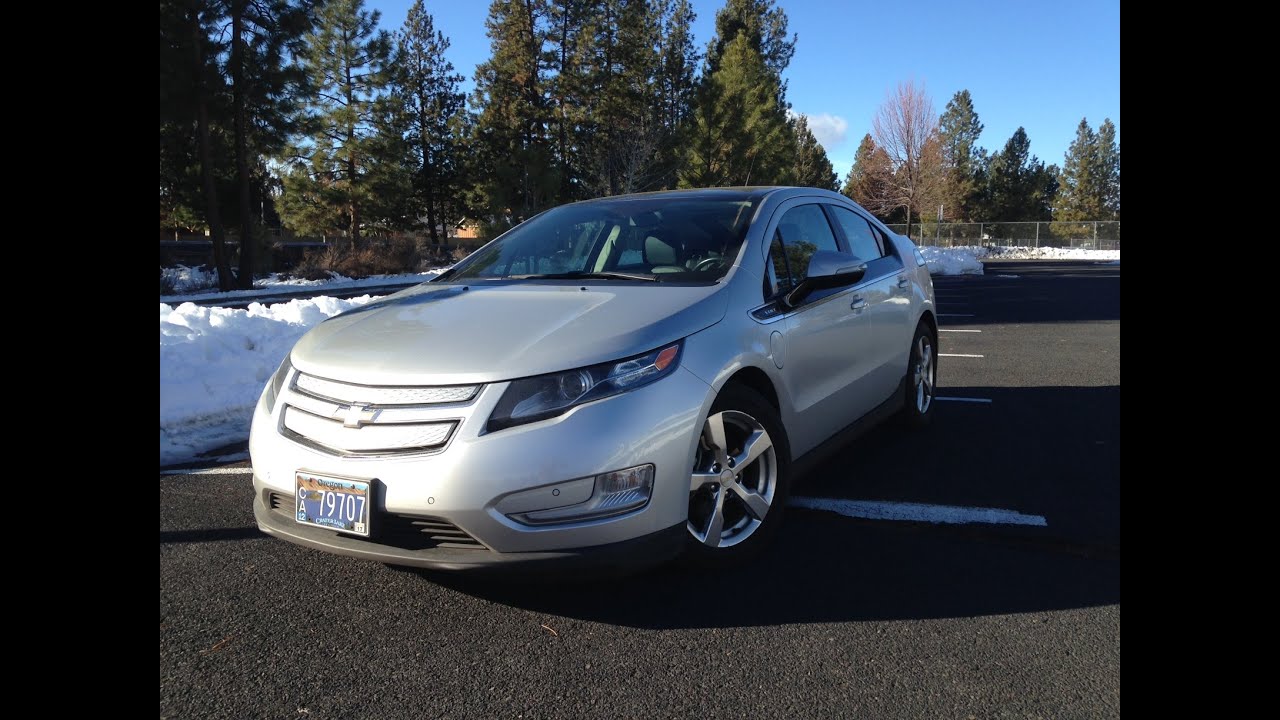
Ironically, the Volt’s engineering was excellent. It was quiet, smooth, and efficient. Owners loved its ability to drive all-electric during the week and gas-powered on road trips.
It even won multiple awards for innovation. But its appeal remained narrow, and as GM restructured its lineup to focus on SUVs and pure EVs, the Volt no longer fit the company’s vision.
In early 2019, GM ended Volt production as part of a broader plant closure, and the plug-in hybrid quietly exited the market.
Today, the Volt remains a favorite among used buyers looking for an affordable, efficient commuter, but its absence from modern lineups is still lamented by tech-savvy drivers.
The Volt didn’t die because it was flawed—it died because the world wasn’t quite ready for how smart it was.
4. Nissan Juke (2011–2017): The Crossover That Tried Too Hard to Be Different
When the Nissan Juke hit U.S. roads in 2011, it was impossible to ignore. With frog-eye headlights, bulging fenders, and coupe-like curves, it looked like a sci-fi concept car brought to life.
Nissan billed it as a sporty, fun-to-drive compact crossover aimed at urban drivers who wanted personality over practicality.
And for a few years, it worked—people noticed it, bought it, and talked about it. But by 2017, the Juke was gone from the U.S. lineup, its run ending as quickly and oddly as it began.
The Juke’s styling was its greatest asset and its biggest liability. It stood out from a sea of bland small SUVs, but not everyone was sold.
The quirky design polarized buyers—many either loved it or hated it, with little middle ground. Over time, what was once “edgy” began to look awkward, and Nissan never updated the Juke’s appearance enough to keep it fresh.
Under the hood, the Juke had potential. Its 1.6L turbocharged engine offered zippy performance, especially in the AWD versions or the enthusiast-focused NISMO trim. But that performance came at a cost.
The CVT transmission was plagued with reliability issues, and the turbo engine required premium fuel and careful maintenance. For a car targeting younger, budget-minded buyers, the long-term costs started to outweigh the fun.
Interior space was also tight. The back seat and cargo area were cramped, especially compared to newer subcompact crossovers like the Honda HR-V or Subaru Crosstrek.
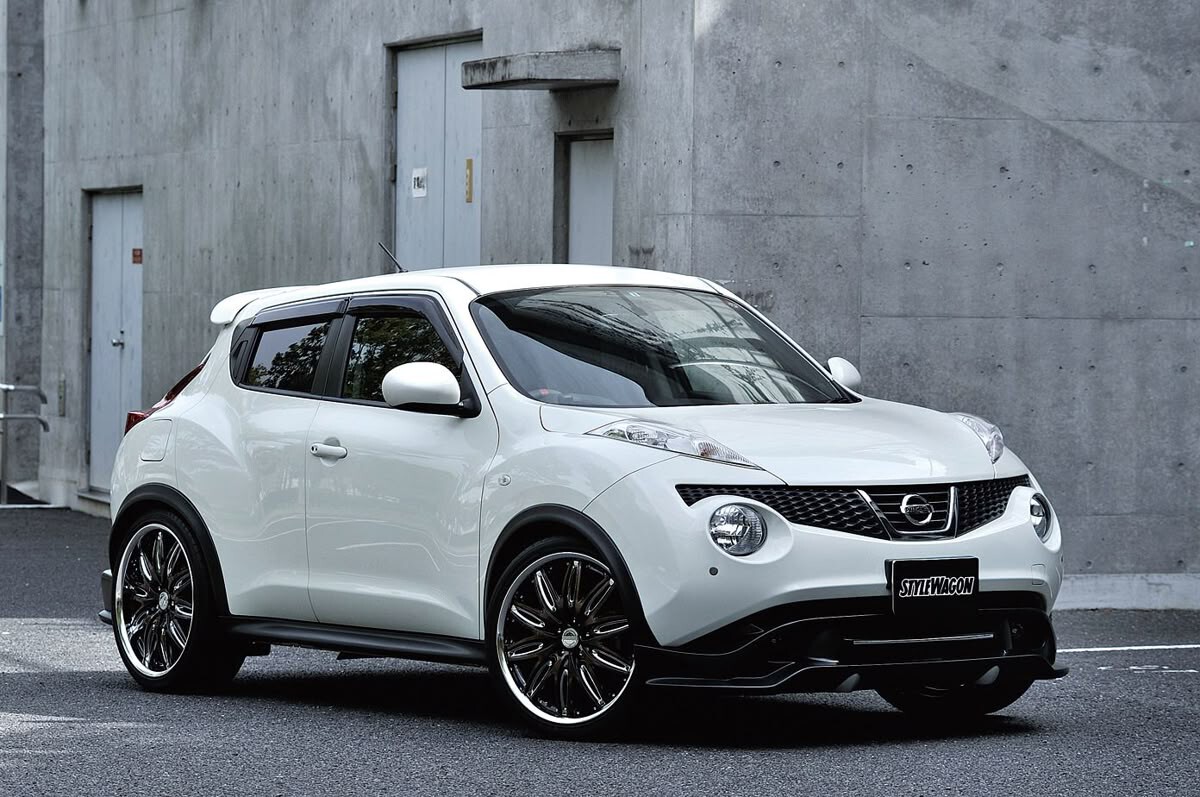
As the segment matured, buyers demanded more practicality—and the Juke couldn’t deliver without compromising its identity.
By the time 2017 rolled around, sales had slowed significantly. Nissan decided to pull the plug in North America and replace the Juke with the more conventional (and better-selling) Nissan Kicks, which prioritized space, comfort, and efficiency over attitude.
The Juke still has its fans—and in some markets, it continued in a redesigned form—but in the U.S., it’s remembered as a bold experiment that just didn’t scale. It was unique, sometimes too much so, and couldn’t keep up with the shifting demands of crossover buyers.
In the end, the Juke burned bright, but its quirky flame didn’t last.
5. Ford Fiesta (U.S. Market, 2011–2019)
The Ford Fiesta returned to the U.S. in 2011 as part of the brand’s “One Ford” global strategy—a move to unify its worldwide lineup and offer compact, efficient vehicles to American buyers. At first, it looked like a smart comeback.
Gas prices were high, fuel economy mattered, and the Fiesta offered European-style handling, good looks, and a surprisingly refined interior for the price.
But by 2019, the Fiesta had quietly exited the U.S. market, joining a growing list of small cars that couldn’t survive the crossover takeover.
The Fiesta’s biggest Achilles heel was its PowerShift dual-clutch transmission. Marketed as an automatic, it was actually a dry-clutch, computer-controlled manual gearbox meant to boost fuel economy. Instead, it caused massive headaches for owners.
Shuddering at low speeds, rough shifts, premature clutch failures, and repeated service visits plagued many Fiestas. Despite updates, software tweaks, and multiple service bulletins, the issue never fully disappeared—and neither did the bad press.
Buyers who opted for the manual transmission fared far better, especially in the performance-focused Fiesta ST, which remains a cult favorite thanks to its turbocharged 1.6L engine and razor-sharp handling.
But that wasn’t enough to save the nameplate. Most Fiesta buyers were commuters looking for simple, reliable transportation—not driving enthusiasts.
As fuel prices dropped and Americans shifted their preferences toward crossovers, the Fiesta’s appeal narrowed even further.
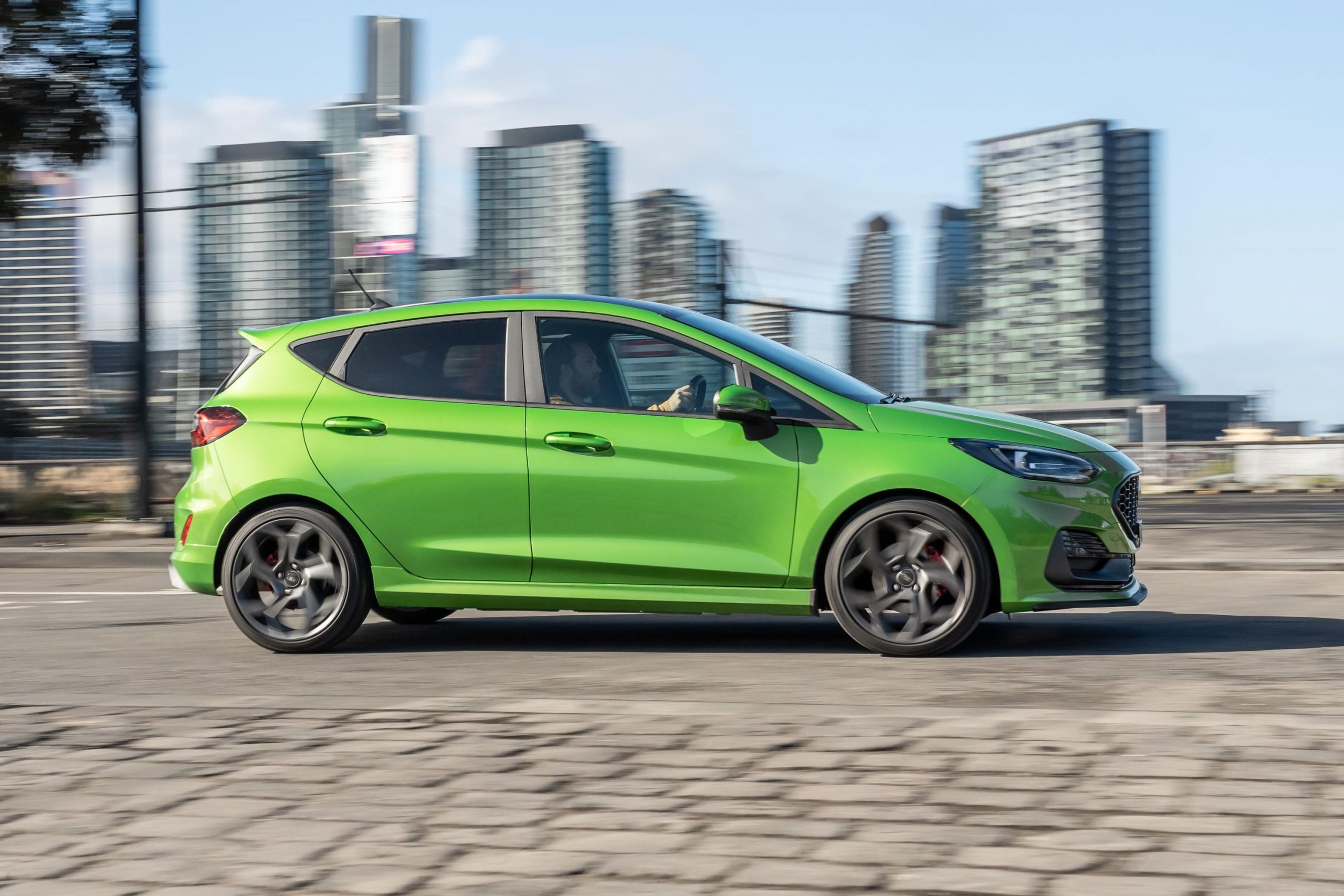
It was tight inside, had minimal rear legroom, and its low-slung profile made it less desirable in snowy regions compared to rising subcompacts like the Honda HR-V or Jeep Renegade. Even Ford’s own EcoSport, as flawed as it was, quickly outsold it simply by offering a higher ride and hatchback versatility.
In 2018, Ford announced it would stop selling nearly all passenger cars in the U.S., including the Fiesta, as part of a sweeping focus on trucks and SUVs. The Fiesta ST was mourned by enthusiasts, but the base models faded quickly from public memory.
Globally, the Fiesta lived on in other markets for a while longer, but even there, Ford has since ended production. In America, it’s now just another casualty of a market that abandoned small cars—especially ones with big problems.
The contrast between the vehicles still running from the 1990s and those that died in the 2010s tells a compelling story about how the auto industry—and its priorities—have evolved.
It’s not just about age; it’s about how these vehicles were engineered, positioned, and ultimately supported over time.
Also Read: 5 Trucks With the Best Factory Docking Stations and 5 Bare Consoles

